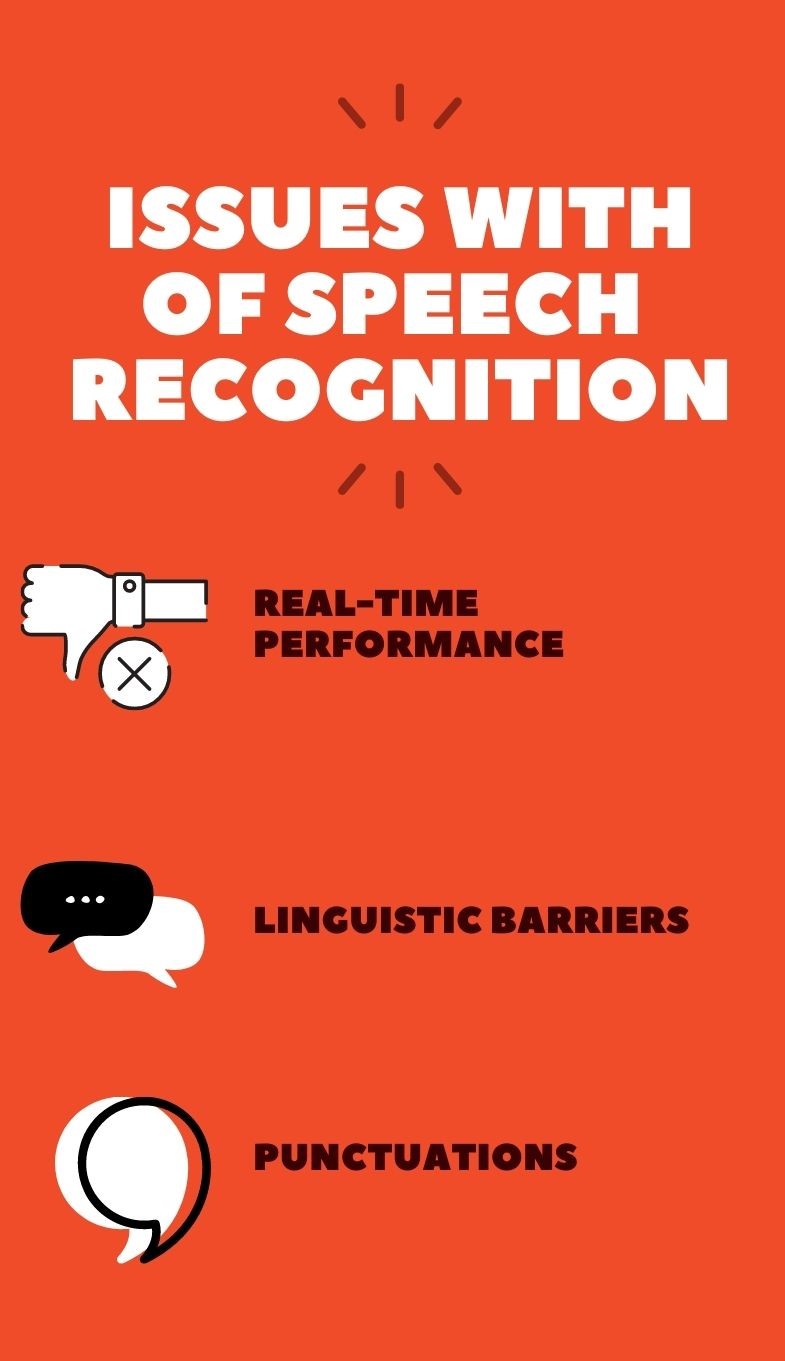 Back to all articles
Back to all articles
Blogs
The Ultimate Guide to Voice Recognition


Joaquin Phoenix’s movie titled ‘Her’ presents a unique scenario wherein the distant future technology has boomed to unprecedented heights. One of the things that stands out in the movie is how far voice recognition and Artificial Intelligence have joined forces. Voice recognition is an area of Artificial intelligence that has fascinated people for generations. In fact, the inception behind the idea came to light in the 1800s when Thomas Edison invented the phonograph.

Since then there has been an incredible surge of technological advancement in voice recognition. The voice or speech recognition process uses two basic frameworks of models known as acoustic and linguistic models. Judging by the names of these models, you can tell that both have a different set of characteristics that define each identity and how the models are used in voice recognition.
It’s all a game of how linguistic units of speech are able to get deciphered using audio signals. Sounds and words together provide clues for algorithms to respond in accordance.
How does the Speech Recognition Process work?
It’s funny how much influence voice recognition has in our daily life. Just look at the number of apps that use speech recognition and even toys that kids play with. In essence, the speech recognition process is quite complicated as it’s quite similar to a child’s brain when it starts acquiring linguistic and audio information. Speech recognition has advanced to such an extent that Google Assistant claims an accuracy of 95% which is quite an achievement.
Here’s a basic understanding of how the speech recognition process works:
- The user speaks a few words in a mobile application.
- Voice recognition identifies the sound and words
- The words which are verbal are first recognized by the underlying algorithm.
- Words are converted into text.
- The Search mechanism then absorbs the information and proceeds accordingly.
There is a multitude of benefits when it comes to voice recognition and its integration in mobile apps. Here are a few listed:
The Benefits of Voice Recognition Technology:
1- Efficient Command Input:
The most obvious benefit of voice recognition apps is that they have made the command input process much faster. Without speech recognition, one has to input manually through a keyboard device. With voice recognition, the need for manually entering command inputs can be negated to a significant extent.
2- Precision:
The fact is speech recognition software has become quite precise. Alexa is a prime example of how easy and precise the speech recognition process has become. Even 5 years ago the precision factor was not good enough to be used for efficient processes.
3- Usage:
It’s one thing that speech recognition processes can convert speech into text. The usage efficiency reaches an exponential height when voice recognition is used to perform commands such as playing music, making google searches, and placing a call.
4- The Productivity Factor:
The biggest benefit of the speech recognition process is the fact that productivity of an individual can be increased to a significant extent. Productivity can be increased in different ways when it comes to working in the corporate sector. This includes conducting initial assessment interviews for new hires or taking meeting notes. The process becomes quite effective and not to forget very accurate.

Issues with Voice Recognition:
Even though in recent times voice recognition has become quite the phenomenon. There are still numerous challenges it faces in the real world. Listed below are some challenges faced by the speech recognition process:

1- Real-Time Performance:
In a controlled environment, voice recognition works precisely; however, as soon as a mobile app is used in an uncontrolled environment the system begins to crumble. Real-time response behavior of a voice recognition software depends on factors such as the microphone, network connection, and capabilities. These can even be considered as requirements for good performance.
2- Linguistic Barriers:
A major problem that is still persistent in voice recognition software is the variation in linguistics. There are so many accents out there even within a language or a region that it becomes hard to gather all that information in an algorithm. It is extremely difficult to target all languages and accents out there and hence becomes a complex problem for AI speech recognition developers.
3- Punctuations:
Punctuation is a vital part of a language and sadly this is a big challenge for the speech recognition process. There are just so many variations of languages out there and is even a bigger problem for developers. Unfortunately, no algorithm is good enough to punctuate with precision.
In a Nutshell:
The human language is an extremely complex phenomenon and there are multiple dimensions that must be understood and included in AI recognition algorithms. If you’re looking to develop an application that uses speech recognition then don’t hesitate to contact us! Our developers are extremely talented and experienced to cater all your needs!
Don't hire us right away
talk to our experts first,
Share your challenges, & then decide if we're the right fit for you! Talk to Us
Partnerships & Recognition
Commitment to excellence






